Moves to resuscitate flatlining property sector

The frozen property sector needs credit to get the wheels turning again
During a conference in Hanoi last week on “Interactive impacts of the real estate market on the financial market in Vietnam, policy recommendations”, officials revealed that the government was showing it might be willing to ease the credit squeeze on the real estate sector.
According to Deputy Minister of Construction Nguyen Tran Nam, the government was now talking about “reducing the growth rate of real estate credit” and not about reducing real estate credit” as previously.
The government was also considering excluding the real estate sector from the “non-productive sector” which is burdened with strict credit rules, according to Nam.
The regulation of non-productive credit limit, including real estate, according to Le Xuan Nghia, vice chairman of the National Financial Supervisory Commission (NFSC), should not be levered for every credit organisations, who were required to reduce real estate credit to 16 per cent of loans by December 31, 2011.
“I don’t believe this regulation reduces the real estate credit risk, ” Nghia said.
Truong Dinh Tuyen, former Trade Minister and member of the National Council for Monetary Policy also agreed the Vietnamese government had set out on the road towards easing credit for the real estate sector because past tightening had strongly reduced transactions in the market.
Deputy Minister of Construction Nam added that for the first time ever, a commercial bank had last week agreed to give a loan for a low-income development housing project. Viettin Bank is to lend VND300 billion ($15 million) to the Kien Hung low-income housing project in Hanoi.
“Although this loan is not high, we have to recognise that bankers are now starting to open their wallets for the real estate sector,” Nam said.
Nghia said speculation was not the reason for land and house price increases in recent times but rather a lack of transparent policies.
Nghia suggested solutions including stabilisation of the macroeconomy for interest rate and exchange rate stability, reconsidering what constituted ‘non-productive credit’ and limiting the application of credit restriction and real estate credit levels for all the banks.
However Tuyen said detailed guidelines from the government were yet to appear. The government would hold a meeting with leading financial experts this weekend, to listen to suggestions on the economy in general and the issue of real estate credit would be included, Tuyen added.
In the context of credit tightening in early 2011, real estate credit declined strongly, having a great impact on the liquidity of real estate market.
The NFSC added this decline was also caused by the real estate credit constraint policies of the State Bank which include introducing real estate credit in the list of assets with highest risk in commercial banks.
As of June 30, the real estate credit accounts for 9.94 per cent of the total banking loans, equal to VND245,000 billion ($11.8 billion).
What the stars mean:
★ Poor ★ ★ Promising ★★★ Good ★★★★ Very good ★★★★★ Exceptional
Related Contents
Latest News
More News
- Networking events for real estate investors held in Ho Chi Minh City (October 17, 2024 | 11:22)
- Real estate cannot go global without green awareness (October 16, 2024 | 15:12)
- Green developers seek preferential policies (October 16, 2024 | 15:02)
- Giant real estate deals could see delayed plans reborn (October 10, 2024 | 21:00)
- Land tax plans must solve speculation issue (October 10, 2024 | 16:14)
- Vietnam's data centre server market forecast to reach $693 million by 2029 (October 10, 2024 | 15:45)
- Hanoi inaugurates new multi-million-dollar headquarters for ministries (October 08, 2024 | 11:38)
- Shortage of energy efficiency standards in housing (October 05, 2024 | 12:29)
- Industrial development must go green (October 04, 2024 | 18:00)
- Market yet to align with new land and housing legislation (October 04, 2024 | 16:00)

 Tag:
Tag:
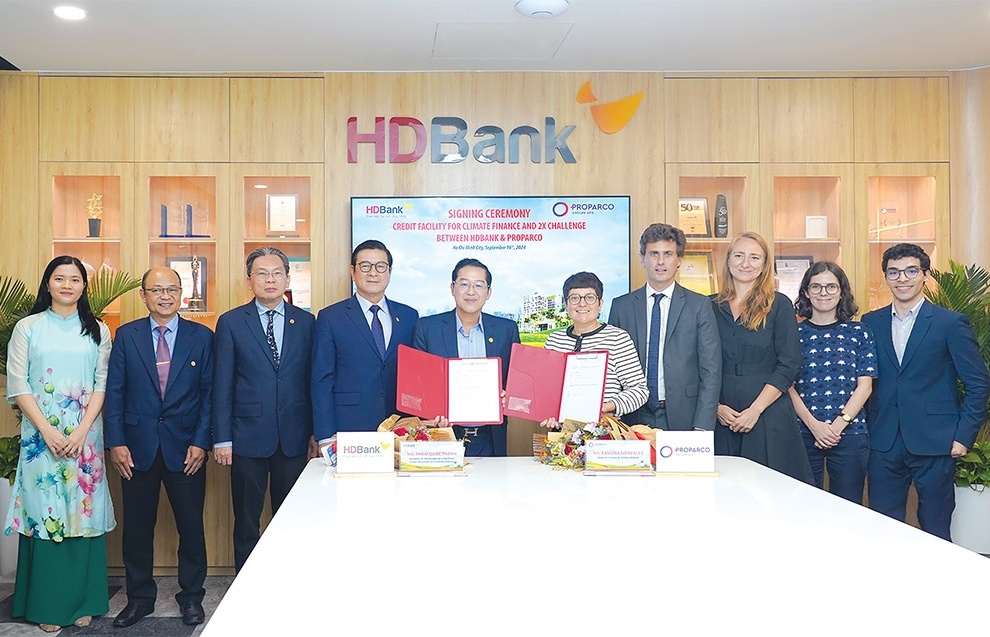

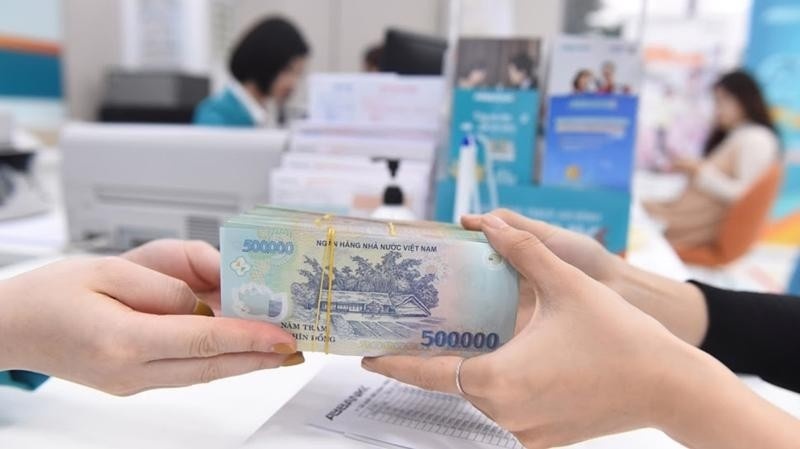

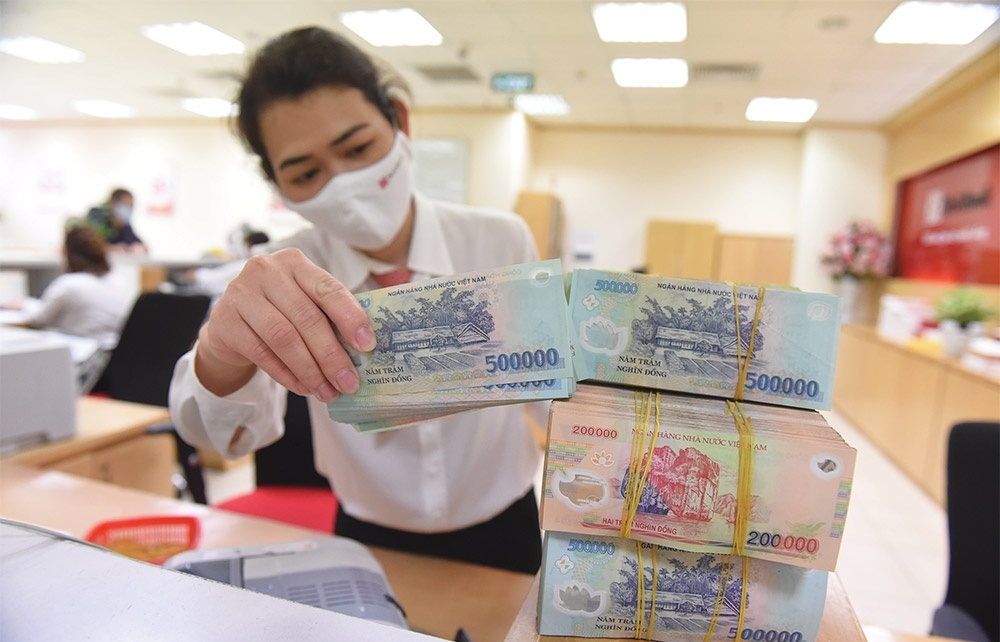



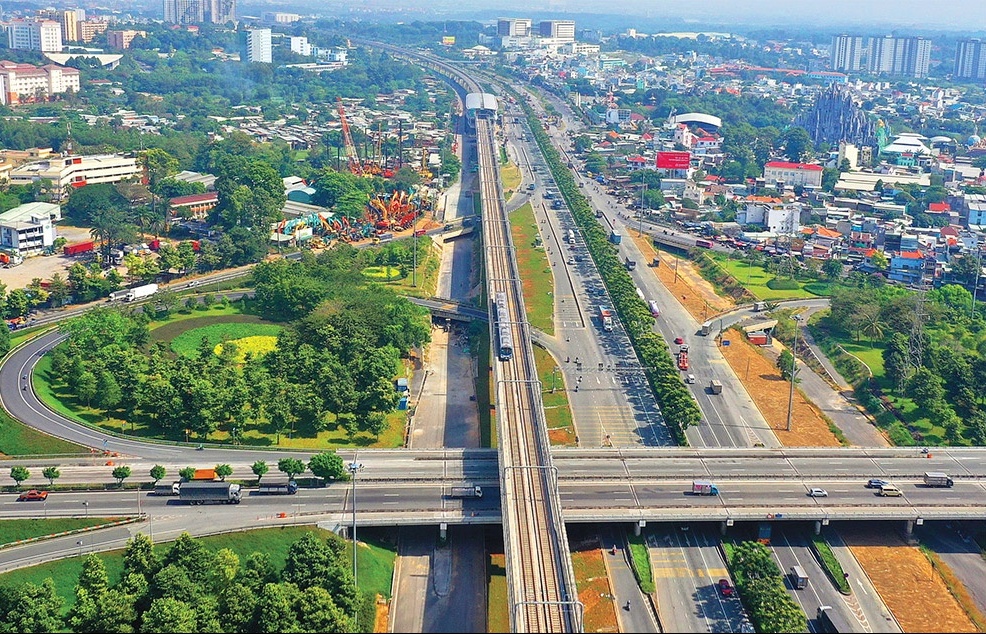

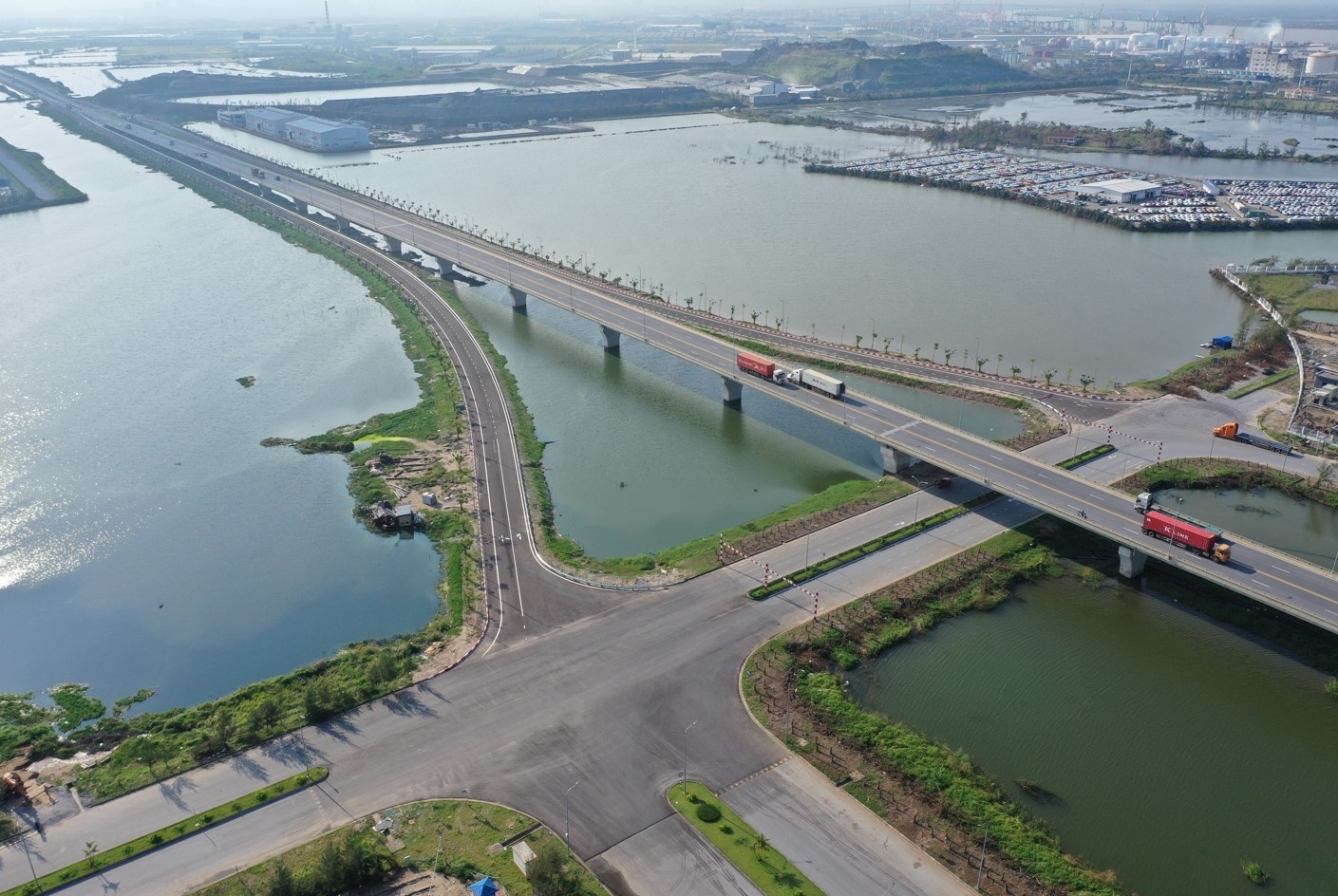









 Mobile Version
Mobile Version